Ever seen someone zip through the water like a dolphin, holding onto a cool gadget? That's likely an electric underwater scooter! People also call them underwater diving scooter or Diver Propulsion Vehicles (DPVs). They are basically small, battery-powered motors that pull you through the water.
Whether you love snorkeling near the beach or diving deep to see shipwrecks, these scooters look like a lot of fun. But are they right for you? Let's look at the good and bad points.
What's Great About Them(Pros)
Explore Way More
This is the biggest plus! Scooters help you cover much more distance than just swimming or finning. You can see more reefs, explore bigger areas, and reach spots further away without getting tired.
Save Your Energy
Kicking your fins constantly can be exhausting. A scooter does the hard work, letting you glide along. This means you have more energy to just enjoy the underwater world.
More Bottom Time (for Divers)
Because you're not working as hard, scuba divers use less air from their tanks. Less air used means you can potentially stay underwater longer on your dives.
Super Fun Factor
Let's be honest, zooming around underwater is exciting! It adds a whole new level of fun to snorkeling or diving.
Easier in Currents
Swimming against moving water (currents) can be tough. A scooter can help power you through, making dives or snorkels possible even when the water is moving.
Helpful for Some
For people who might not swim strongly or have some mobility issues, a scooter can make exploring the water much more accessible.
Better Photos & Videos
Trying to hold a camera still while kicking can be tricky. A scooter can give you a smoother ride, making it easier to get steady shots. You can also get to cool photo spots quicker.
Can Help in a Pinch
If you get tired far from shore or the boat, or need to get back quickly, a scooter can provide a helpful boost.
Related reading: Is a Underwater Sea Scooter Worth It?
What to Watch Out For (Cons)
They Cost Money
Underwater scooters aren't cheap. Prices range from a few hundred to several thousand dollars, depending on the power and features.
Battery Life Isn't Forever
Scooters run on batteries, which eventually run out. Most run for maybe 1-2 hours, depending on the model and how fast you go. You need to plan your trip around the battery life and remember to recharge it (which takes time).
They Can Be Heavy
Some scooters are quite bulky and heavy to carry to the beach or onto a boat. Check the weight before you buy!
Need Looking After
Like any machine, they need care. You have to rinse them with fresh water after use, check seals (O-rings), and look after the battery properly.
Can Be Noisy
The motor makes noise, which might scare away fish or other marine life you wanted to see. Some newer models are quieter, though.
Safety First
- Need Practice: You need to get used to controlling the speed and steering.
- Diving Dangers: For scuba divers, using a scooter adds risks. Going up or down too fast can be dangerous (risk of decompression sickness). You need proper training to manage buoyancy, depth, and your air while using one.
- Watch Where You're Going: It's easier to bump into rocks, coral (please don't!), or even marine life if you're not careful, especially if the water isn't clear.
- Entanglement: Hair or loose gear could potentially get caught in the propeller if it's not properly guarded (most are).
Battery Headaches
Traveling with scooter batteries (especially on planes) can be tricky due to regulations. Charging might also be difficult on remote trips or some boats. Disposing of old batteries needs to be done responsibly.
Don't Get Lazy
It's tempting to rely only on the scooter, but you still need good swimming skills and diving practices (like checking your air and depth often). Don't let the scooter make you complacent!
Can Disturb Nature
Besides noise, careless use can damage fragile environments like coral reefs. Always be mindful of where you are and avoid touching anything.

How to Pick the Best Underwater Scooter
Choosing the right scooter depends on how you'll use it. Here’s a quick guide:
What's Your Plan?
Snorkeling fun? Deep wreck diving? Casual pool use? Pick a model designed for your main activity.
How Deep & Fast?
Check the maximum depth rating and top speed. Make sure they match your needs and skill level.
How Long Do You Need It To Run?
Look at the battery life (runtime). Longer adventures need longer-lasting batteries. Consider if you can swap batteries easily.
Will It Float?
Snorkelers usually want a scooter that floats (positive buoyancy). Divers often prefer one that stays put when let go (neutral buoyancy).
Easy to Carry?
Think about the scooter's weight and size if you need to travel with it or carry it far.
Safety First
Look for features like propeller guards, automatic shut-off if you let go, and variable speed controls.
Your Budget?
Prices vary a lot. Decide how much you want to spend.
Extras?
Need a camera mount? Want different speed settings? Consider these features.
FAQs
Q: What are underwater scooters good for?
They help you explore more water, see more sights, and save energy while snorkeling or diving. They add a lot of fun and can make it easier to move around, especially in currents.
Q: What are the main downsides?
They can be expensive, have limited battery life (1-2 hours typically), and require maintenance. Some are heavy, and there are safety risks if not used carefully, especially for scuba divers.
Q: Are they safe and do I need training?
They can be safe if used responsibly. For snorkeling, practice in a safe area. For scuba diving, specialized training is crucial to manage risks like going up or down too fast. Always learn how to use your specific model.
So, Should You Get One?
An electric underwater scooter can definitely make your water adventures more exciting and less tiring. They let you see and do more.
However, think about the cost, the hassle of carrying and charging it, and the battery limits. Most importantly, understand the safety risks, especially for scuba diving, and consider getting proper training.
If you snorkel casually in calm water, a basic model might be great fun. If you're a serious diver wanting to explore big wrecks or reefs, a more powerful (and expensive) model might be worth it, if you get the right training.
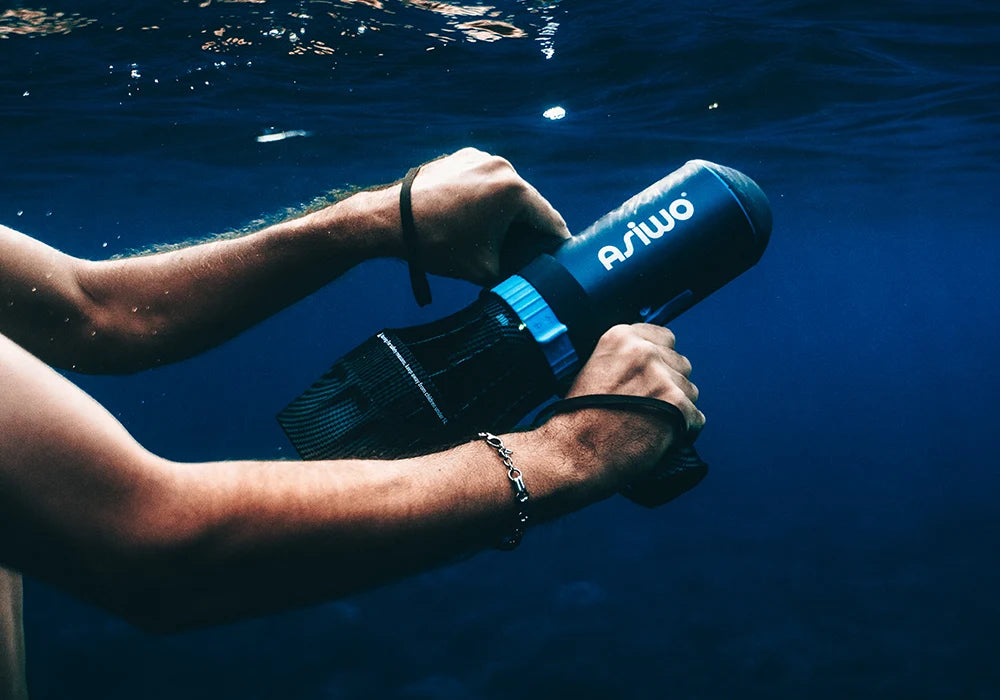




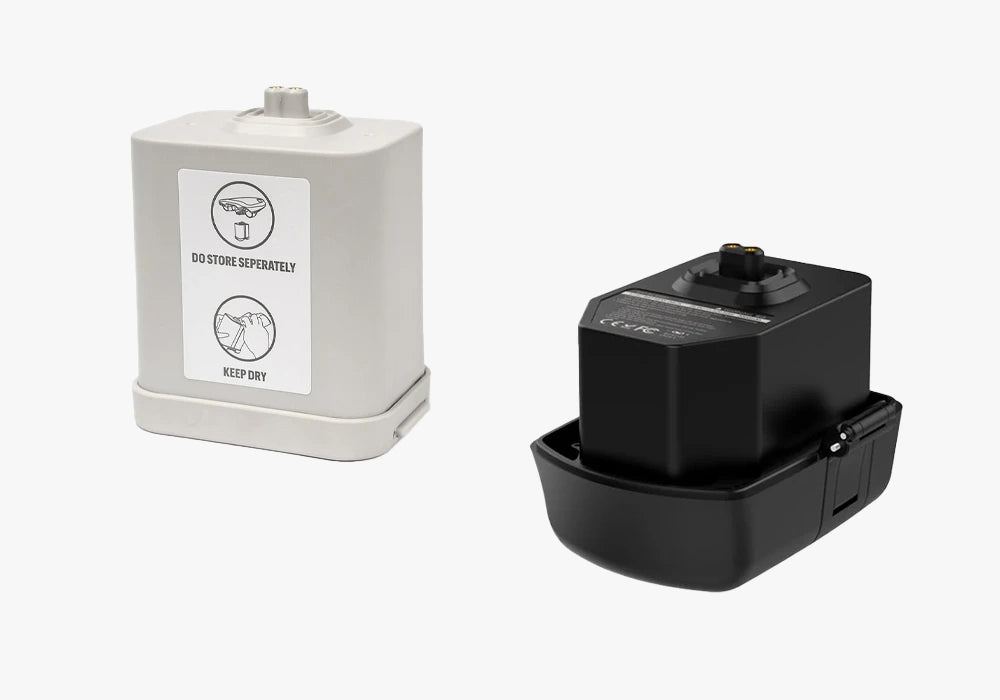




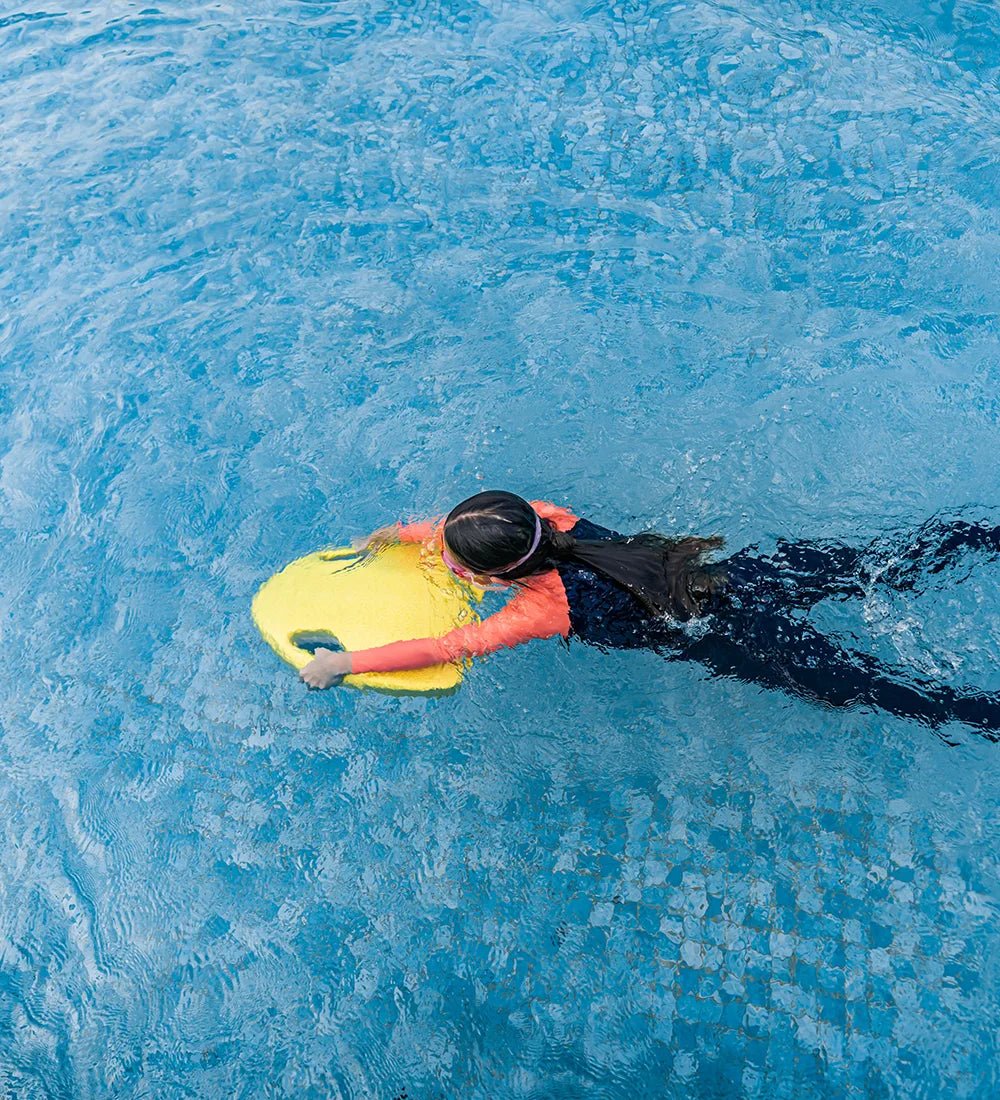
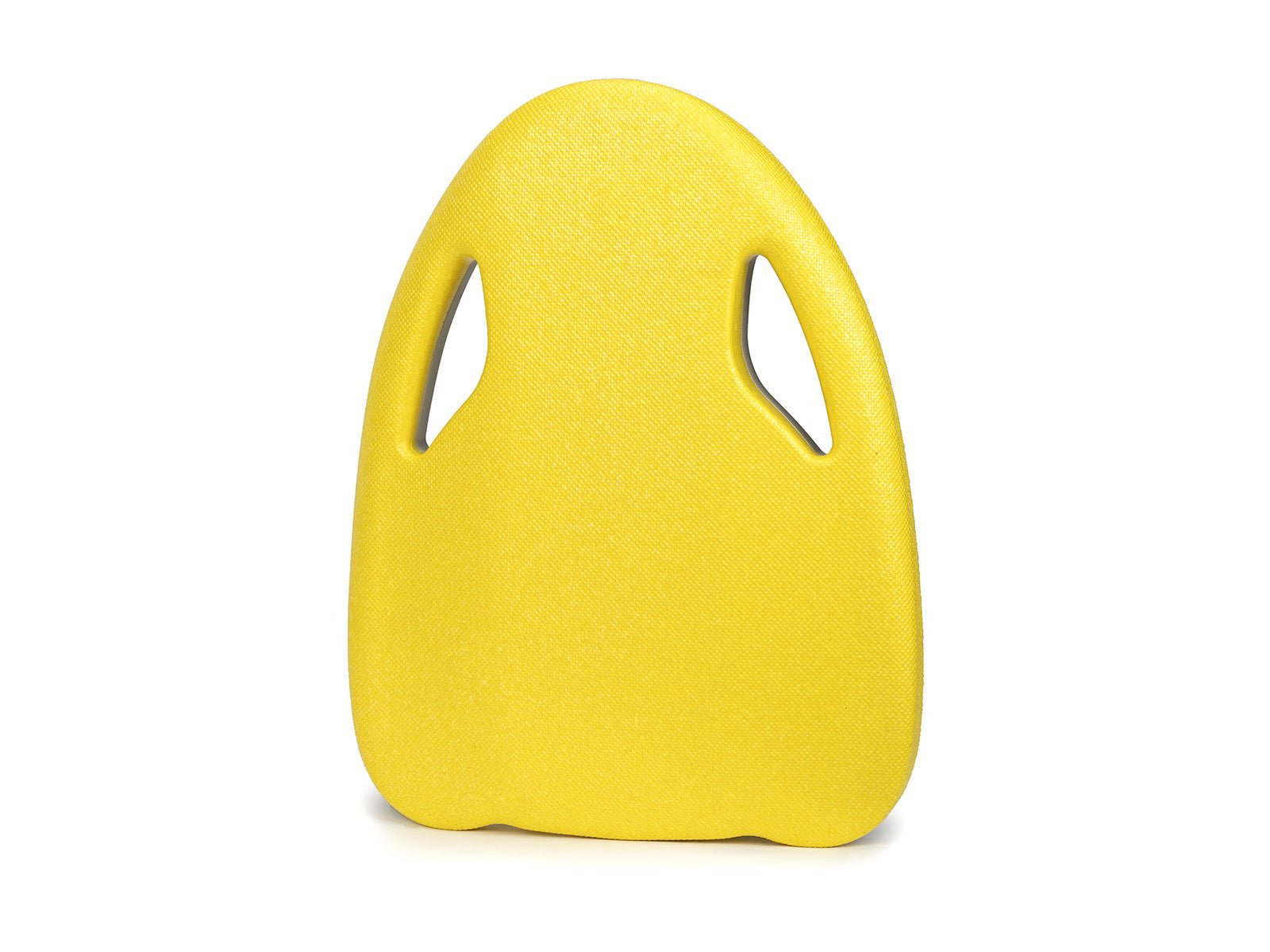
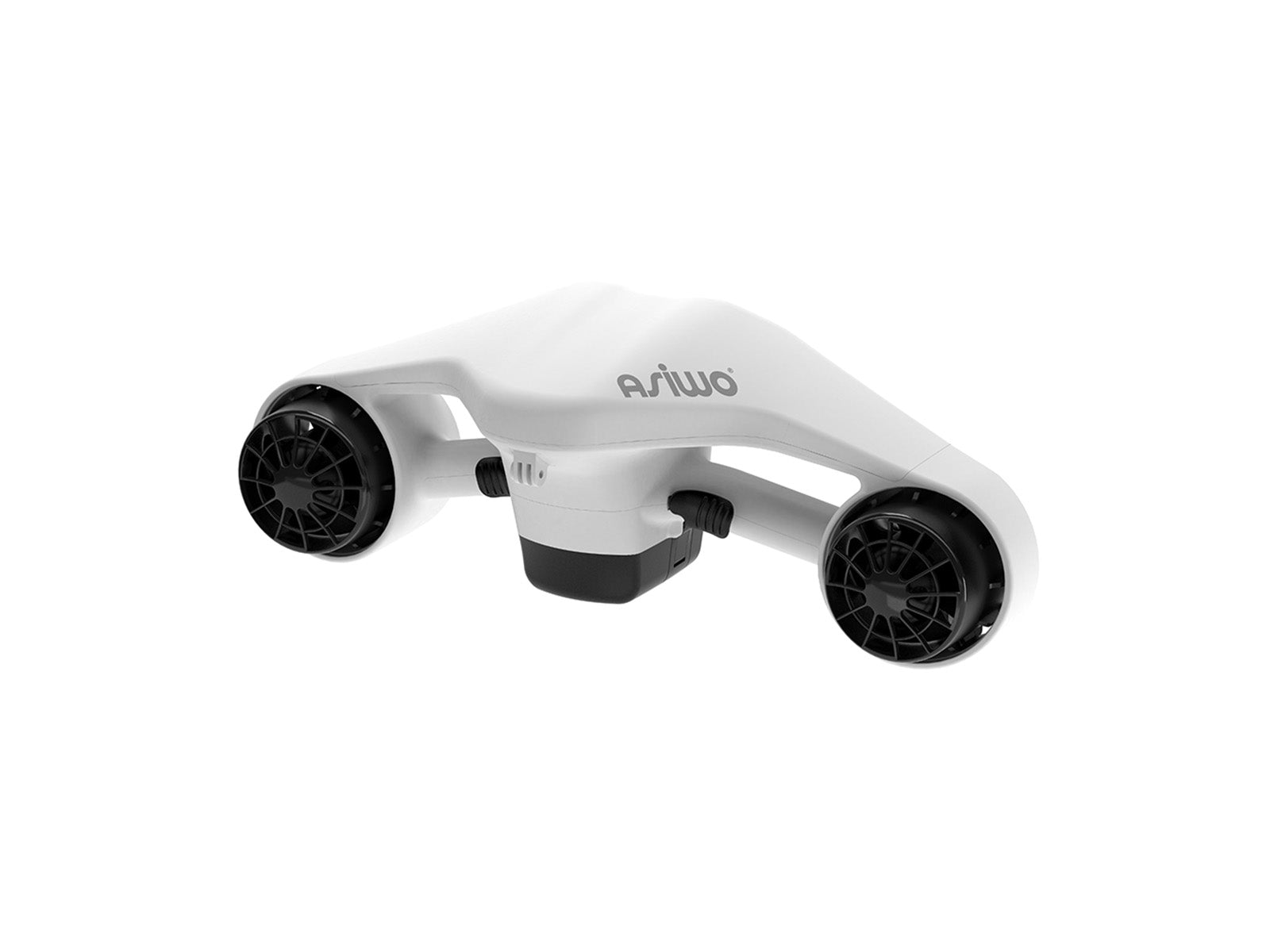
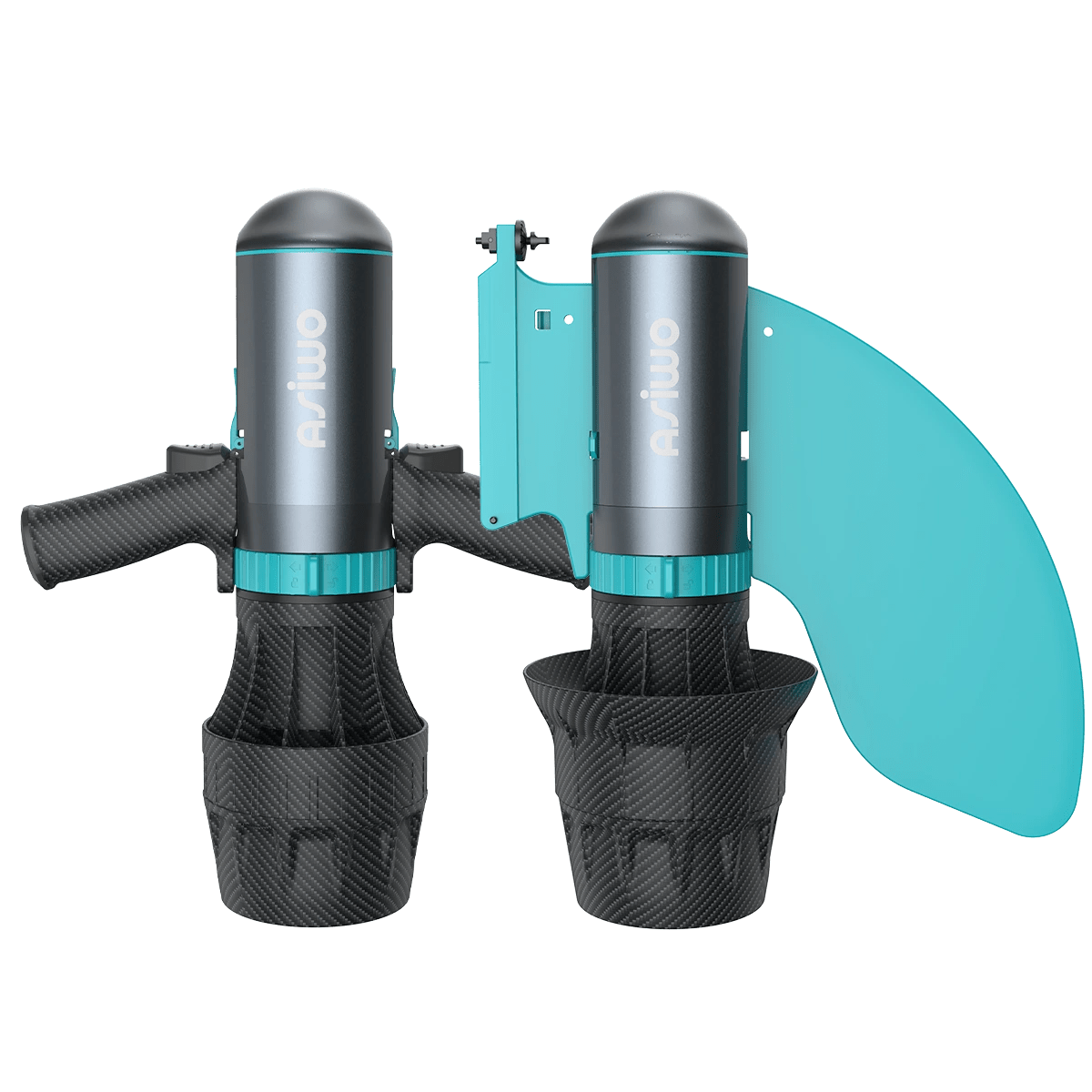




Lascia un commento